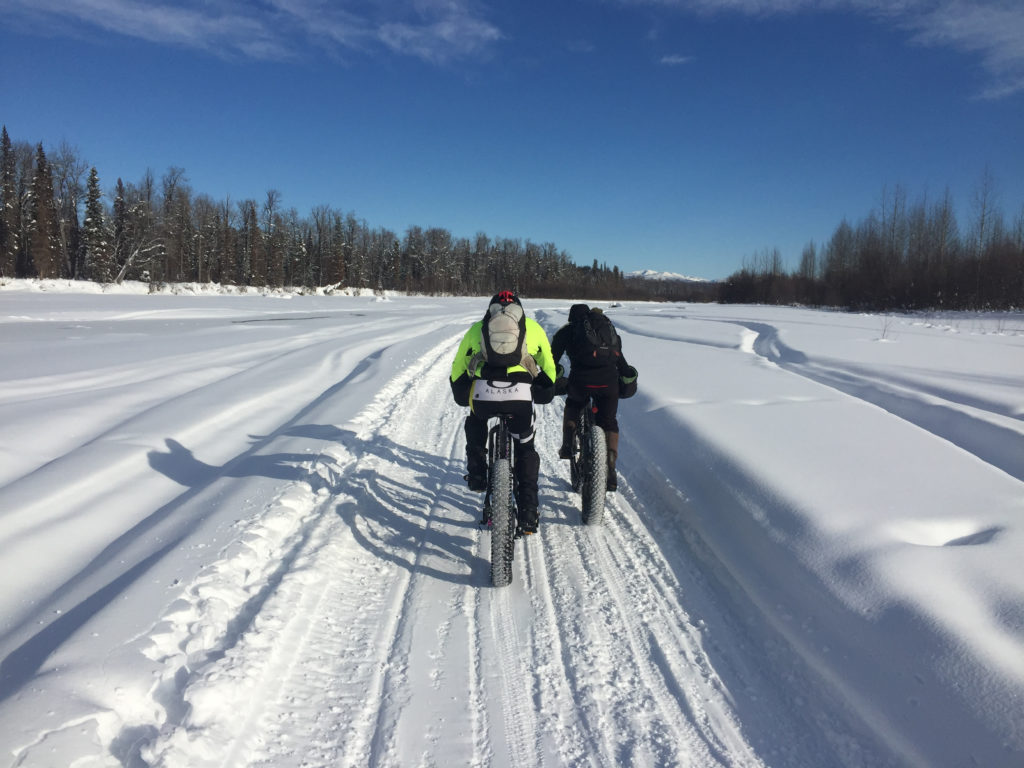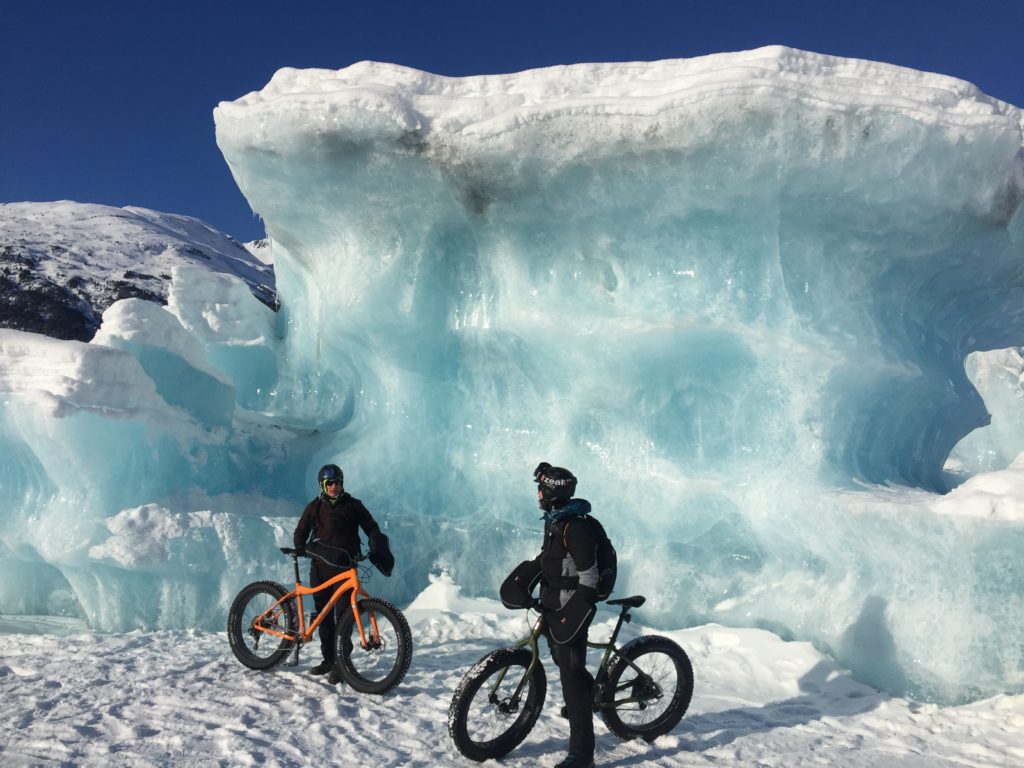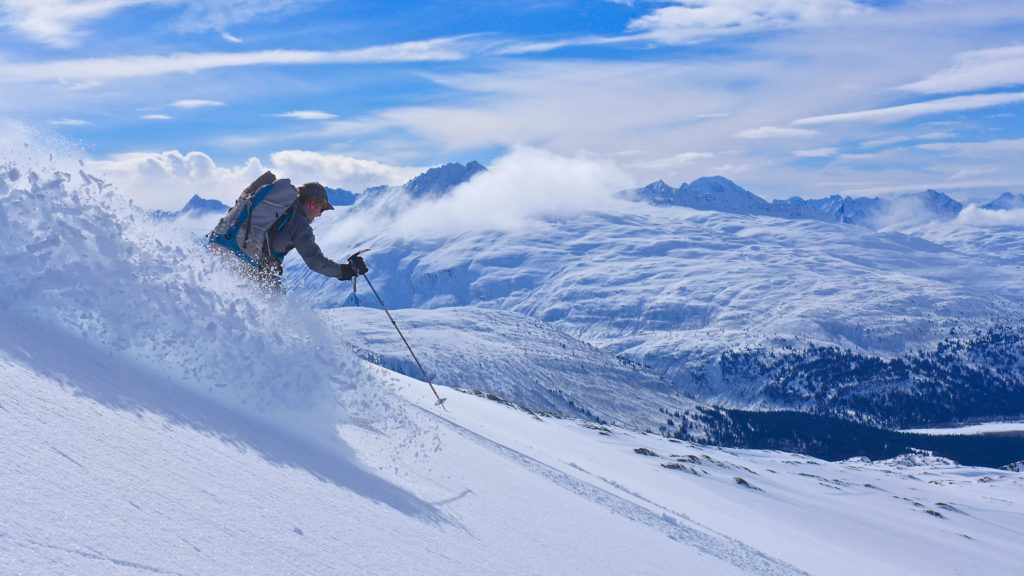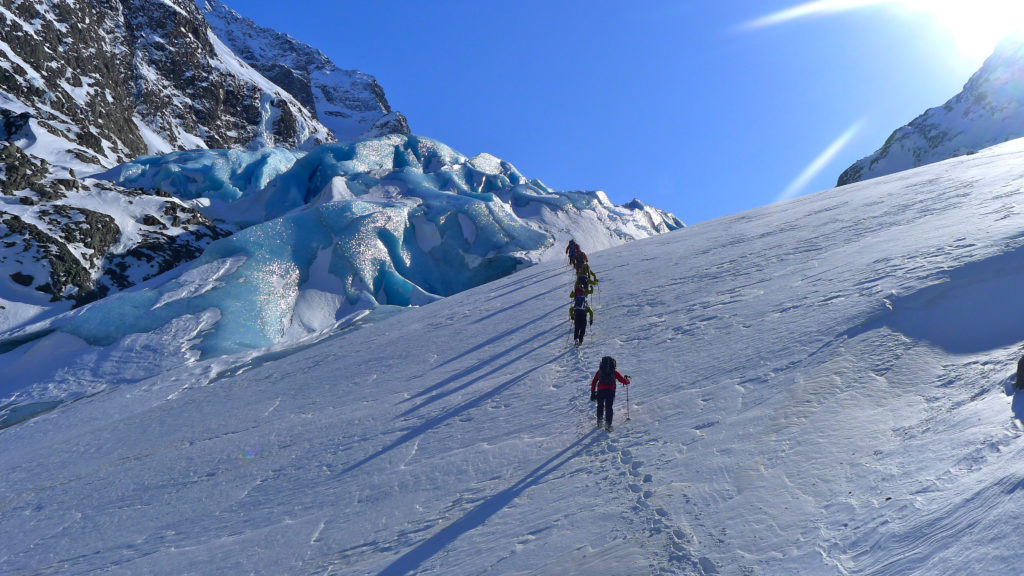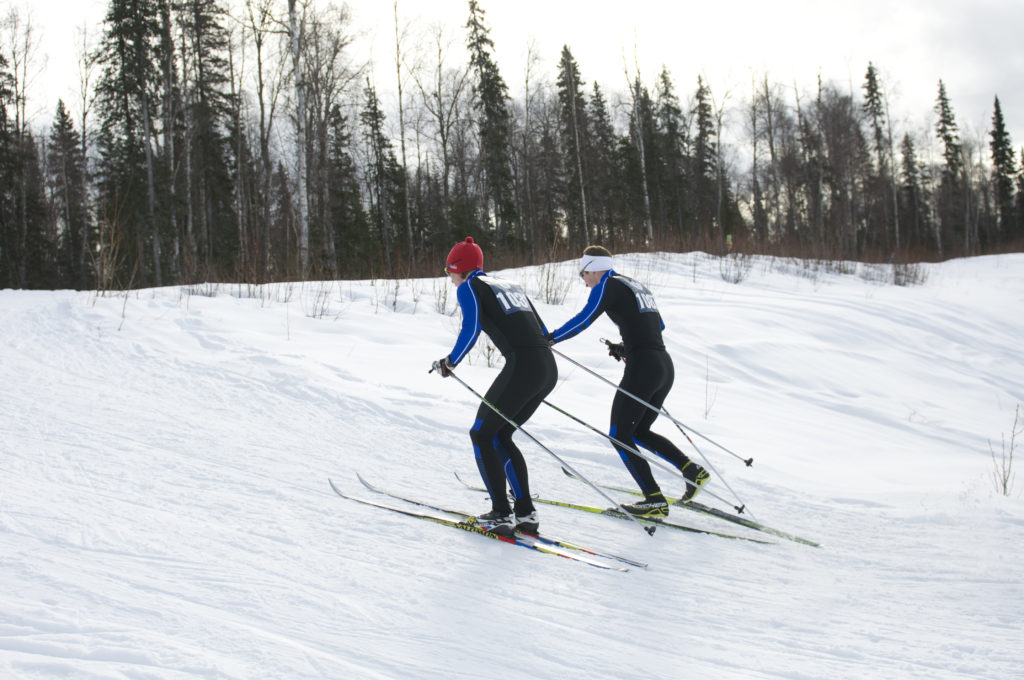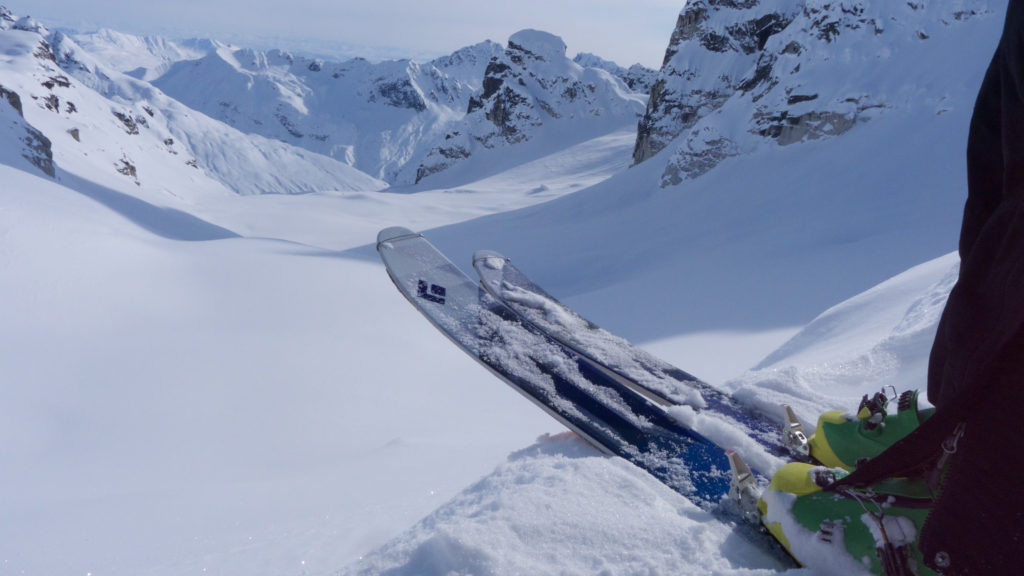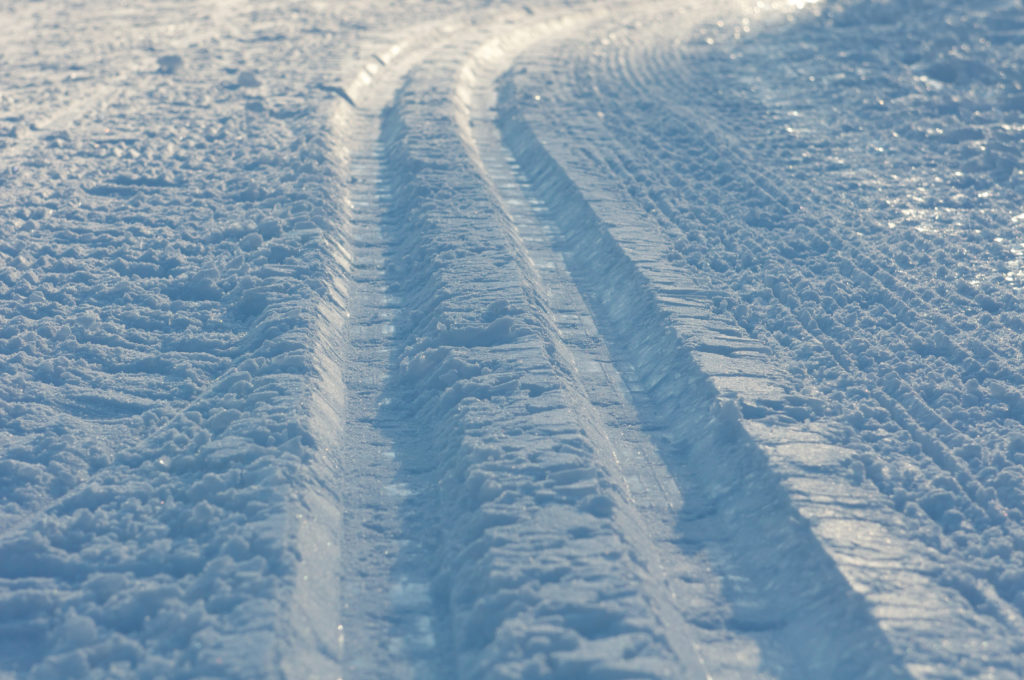In my version of a perfect world, there would be no off-season when it comes to hunting. No mandatory timeout between one “hunting season” and the next. One epic hunt would lead seamlessly into another as I moved about the hills, the country, perhaps the world in search of the next quarry and experience. Dreamy as that may sound, reality paints a different picture for most of us. Even if we had the time and resources to travel the globe without hindrance or obligation, like it or not, winter in the mountains is often brutal, and hunting the high country just isn’t a reasonable possibility every day, week, or month of the year. Add in the fact that most of us have loved ones, jobs, and other adult responsibilities that don’t allow us to follow every whim and idea that pops into our head (thank goodness), and most of us find ourselves looking forward to a couple of trips a year and a somewhat structured hunting season. For the vast majority here in North America, this season comes in late summer and early fall as the angle of the sun starts to slack out, the colors begin to change, and the countdown to dark and cold is nearing the final phase.

So what about the off-season… winter? What about those of us that may not be able to travel to places farther from home when the going gets tough in our backyard or take a trip somewhere exotic to warmer climes to dry out, warm up, and hunt something outside out of the ordinary. What about this time between seasons; the time when most of us are dreaming about being back in the hills but have a lot of long, dark days before the next hunt. Winter can be a great time to chase predators and small game if you are into that sort of thing. As someone who primarily hunts for meat, I have had very little interest in predator hunts or hunts at a time of year where meat is not at its best. I have no resentment or even opinion about those that do hunt outside of the normal season or hunt predators. To each their own certainly, I just tend to be after grade A groceries more often than not and want to maximize the fun factor by getting them when the getting is good — warmer, better weather, longer days, etc. As such, my annual plan typically revolves around a pretty clearly defined hunting season, and then off-season where I plan, dream, train, fish a little bit, and try not to get too fat and out of shape.
As a long-time mountain guide, I used to say it all of the time to my guests when they asked me what they should be doing to train for mountain climbing. Climbing, of course, was the answer. There is no substitute for doing the thing that you are training for as training. If you are training for a marathon, run. If you are training for the Tour de France, ride your bike. If you want to become a better mountain hunter, hike up-hill with a backpack on as often as you can while giving some consideration to other essential skills like marksmanship, spotting animals, etc. Easy right? I have often been accused of being a great over-simplifier. Please forgive me.

I am probably the last person on the planet that should speak up about highly structured physical conditioning and scientific approaches to working out at the gym, diet, exercise, etc. Though I have logged many days and hours in weight rooms to prepare for personal and professional endeavors, I have always despised the gym and have been largely unable to stomach exercising indoors. Despite this strong aversion, I’ve managed to more or less maintain my high school fighting weight while eating most anything and everything that happens across my plate. Including a moderately unhealthy addiction to micro-brewed IPA. Perhaps the tall and skinny genes in my family play a part, and I am sure they do, but I’d like to believe the saying is true, “it is easier to keep up than catch up.” I have been lucky to live in places that have allowed me to engage the mountains and outdoor activities in all seasons and to maintain an active lifestyle where I could practice for the things I enjoy doing by, well, doing them. Don’t get me wrong, indoor workouts can and do have their place and I still wander into the gym now and then when no other realistic options exist for a quick training mission.
In my past life as a mountaineer and climber, there was no off-season, just different seasons in the mountains that required different approaches, clothing and gear considerations, nutrition, planning, weather watching, and enduring varying amounts of suck. I really enjoyed staying in tune with the changing of the seasons in the mountains, seeing the annual snowpack build, recede, and build again as the cycle of the sun carried on with no concern for anything else. The mountains were a constant and my changes and adaptations seemed more subtle than the town-to-mountains transition does these days. More recently, I feel disconnected from what is happening up there and my re-entry into the alpine environment can seem harsh, unfamiliar, and at times even unfriendly. Sometimes it feels like I am losing touch and out of sync. This connection to an awareness of the alpine environment, this feeling of being a symbiotic part of the environment rather than at odds with it is hugely important, I think, when it comes to succeeding and staying safe in the mountains. To be good mountain hunters, we first have to be good at being in the mountains.
So, having officially wound down my least successful — with regard to bringing home the bacon — hunting season to date, I have turned my mind back to reality. One that unfortunately includes an off-season, and I am gearing up for another long, dark, cold, winter. For those that may be in a similar spot due to work, weather, or simply being out of fun tokens for now, here are some things that we can all do to stay outside, connected to the mountains, in shape as we check days off the calendar until hunting season begins again.
Keep hiking, even if it’s cold out
I am fortunate to live at the base of the Chugach Mountains in Southcentral Alaska and I have an abundance of easily accessed alpine trails in my backyard. In the shoulder seasons (just after the snow melts and just before it flies again) I often find myself out for day hikes with a light-ish backpack on trying to maintain some base level of fitness. Today, October 29, 2018, the first snow of the year is flying. We’ve had an extended fall here in Alaska and I am not complaining. I am not the biggest fan of winter, but I can deal with it. In a typical year, my hunting season wraps up in October or early November. I have yet to take advantage of the somewhat local blacktail deer population whose rut typically peaks in November and continues through December. One of these days… Fall can be a perfect time to keep logging miles, spend some time refining your cool weather, high-output clothing systems, footwear, and equipment. Fall can also be a great time to observe wildlife in pre-, post-, or active rut behavior and to learn more about the object of your desire without the pressure of trying to take some meat home. I have always been a big believer in the importance of being a student. Every outing, every conversation, every time we put eyes on the hills is a new chance to learn something and to get better. I have always considered myself low on natural talent but high on motivation and desire to learn and improve. These quick trips into the foothills are great opportunities to do just that, not to mention to stay in shape. I am also fortunate to have a fair amount of wildlife in the places I can hike and I like to try and keep my spotting and stalking skills tuned up while exercising when I can. Though a rifle might not be an option, consider grabbing a camera and getting close (safety first) to some wildlife. Some of my favorite wildlife trophies are photos of animals that I simply watched and photographed. As I mentioned earlier, exercise without a high fun factor doesn’t work well for me. Tossing on a pack, grabbing my trail running shoes, some light layers, and my binos after work and hitting a local trail is both fun and good training for my brain and my body. I realize that not everyone has a backyard hill with wildlife on it, but find ways to make your local terrain or staircase more interesting. Invite a buddy or two, start a competition, etc.
Ride A Bike
After the first few inches of snow hit the ground this time of year, outings into the hills start to move from light and fast into more cumbersome affairs, but the fun factor can still be quite high, even more so than the shoulder seasons, depending on the day.
I used to struggle with the time between hiking boot conditions in the mountains and good ski touring conditions. Depending on the year, this in-between time could be a few days or a few weeks before the snowpack was conducive to ski touring in the mountains. I’d recommend a pair of rock skis and a pair of good skis when trying to bridge this gap. More on that later.
A couple of years ago I bit into the fat bike craze that seems to be sweeping the wintery parts of the western world. I have been an avid mountain biker for a long time, but only recently jumped into the fat-biking scene. I originally took up mountain biking as a way to stay fit for climbing and hunting when I couldn’t get out for a hike due to time, location, weather, etc. Four bikes and several Whistler bike park season passes later I finally had to admit that I liked biking for a lot of reasons that didn’t have anything to do with mountain fitness. Back to the fat bike. For those that may not be aware, fat bikes are bikes with plus-sized tires that are made for rambling around on snow, mud, sand, etc. Though they can be used year-round, though they really shine in the winter when conditions are good enough for riding trails, logging roads, or even going “cross-country” in the late winter when there is a supportable crust on top of the snow or as the locals say, “when the crust is in.” These bikes don’t do well in deeper snow or snow with a light crust on top, so conditions are still an important factor. A pair of studded tires will buy you some more riding time when things get icy, which often happens on my local trails. Fat biking can take you places for extended stays as well with the addition of some frame bags, a pull behind sled or trailer on skis. Bikepacking has become both a summer and winter activity for those that like the combination of biking, camping, and being outside and away from the crowds. Tuning your winter camping skills is another great training activity with or without bikes. Some hearty souls have begun riding the Iditarod sled dog race trail here in Alaska (1,000 miles of cross-country travel) in the winter on their fat bikes. The possibilities are truly endless from totally casual to high adventure expeditions. Personally, I am primarily into quick laps on the local trails for an afternoon or evening workout. Breathing some cold air and getting a good leg and butt burn is a little bright spot in an otherwise dark world. A good light setup for your helmet and/or bike is key to be able to get out while it is dark, which is only like 20 hours a day here in December. Watch out for moose!
Go Ski Touring
Alpine ski touring (aka ski touring or randonée) is a fantastic form of entertainment in and of itself even if you are not just looking at it as a way to stay in shape. For those that might not be familiar, alpine touring or randonée is alpine skiing that uses boots, bindings, and climbing skins (traction devices on the bottom of the skis) in combination with a pair of fairly typical downhill skis to both ascend and then descend ski slopes. The bindings and boots move like cross-country skis on the way up and then lock down like an alpine setup for the descent. Randonée was born, as with most things mountaineering, in the French Alps as a method of locomotion to get around in the mountains and to climb and ski off of peaks. Having an alpine touring setup and being well versed in the techniques and safety could definitely be a big benefit in the hunting world as well. Alpine touring skis are often used here in Alaska on late-season goat and caribou hunts where some method of snow flotation and locomotion is needed and where motorized access is not allowed. These setups can be highly efficient both on flat ground and in steep terrain. They can work with a variety of footwear from ski touring/ski boots to mountaineering or hiking boots. If hauling gear and/or meat, there are a number of methods for rigging sleds to tow while skiing or snowshoeing. Here is a link to a piece I wrote a while back about rigging sleds for skiing. https://blog.alpineinstitute.com/2008/01/expedition-sled-rigging.html
Snowshoeing
I should tell a quick story that represents my feelings about snowshoeing before I endorse it as a legitimate form of training and hunting locomotion. I think of two things when I think of snowshoeing, the first is a pair of snowshoes that belonged to a friend of mine. They were made by the outdoor gear company MSR. On the toe of these snowshoes, there was a large logo that stared up at you with each step. To the end of the large MSR letters on this logo, my friend added a matching Y, spelling instead MSRY. Though a few letters were missing, the intent should be obvious; misery was and will always be synonymous with snowshoeing for me. The second thing I think of is a photo I saw in an REI catalog a while back of some guy launching off of a tree stump into some untouched, bottomless powder in a pair of snowshoes. Though I have logged thousands of miles in misery shoes with dozens of guests and partners, I can’t recall having ever felt the need to log airtime in a pair of snowshoes, nor have I witnessed someone else so inclined. Just saying.
The dialogue between skiers and snowshoers is a lot like the one between skiers and snowboarders. Insert your token insults about arrogant elitists vs. knuckle dragging knuckleheads, etc. It is no different in this conversation, and now that I think about it, with skiers being the common denominator, perhaps they are the problem after all? Toss a split boarder into the mix and things get even weirder. I still have my snowshoes and they still serve a purpose, but I really hope I never have to use them again, though I certainly will. Snowshoes definitely fill a niche and they are a great tool for certain applications in the backcountry, I just don’t like them because when compared to skis, they are slow, loud, awkward, and slow as compared to skiing in most terrain. Did I mention slow? How about loud? They are quite affordable and in some aspects more user-friendly (bushwacking, carrying long distances, etc.) as compared to an alpine touring rig, so they do have a place.
In the late winter or early spring, I often find myself MSRY-shoeing around some local terrain scouting for moose sign and looking for shed antlers while fighting tangles of alders, willows, and Devil’s Club in the process. Shed hunting is an awesome way to stay connected to the seasonal movements of animals, find a few goodies to take home, and get some exercise and fresh air while you are at it. Although winter sign doesn’t always translate to summer activity and locations for animals, a few times while out shed hunting in the spring I’ve come across signs of summer activity in areas I had previously thought to only be winter habitat. This “off-season” scouting prospected up a pretty sweet moose hunting spot that turned up three legal bulls the first summer I hunted it.
Cross Country/Skate Skiing
Cross-country or skate skiing are both favorite pass-times for people in the mountain culture as well and shouldn’t be overlooked for training or for fun. The movement can be slow and leisurely or as aerobic as anything you have ever done. Pick your pace and slope angle for your desired workout, and get ready to sweat. Personally, I enjoy skate skiing to classic style as the movement feels more ergonomic and fluid. The initial investment in a pair of skis, poles, and boots doesn’t have to be a huge one and it doesn’t take a ton of snow to get the local trails opened and groomed. Crust skiing in the spring through the forests or on the still-frozen rivers can be an absolute riot. This type of skiing isn’t really a method of true mountain locomotion as it works best on flat ground and moderate ups and downs, but it is good physical conditioning and good outside fun just the same. There must be some applicability to hunting right? Just look at biathlon, cross-country skiing and shooting stuff for crying out loud. A match made in heaven?
Avalanche Safety
I would be remiss in recommending winter training topics like skiing and snowshoeing without discussing safety. A while back, we ran an article on avalanche safety and I can’t stress the importance of avalanche safety and awareness enough when it comes to getting around in the mountains in winter. Anywhere there is snow there is the potential for avalanche and it doesn’t take a lot of snow to bury you for good. A greatly simplified summary of what you need to know to stave alive in avalanche terrain is the following, and a simple pneumonic brings it home, Five to Stay Alive:
- an avalanche beacon,
- a shovel,
- an avalanche probe,
- training in how to use these things and how to stay out of an avalanche, and finally,
- a partner with all of these things. Many organizations offer recreational avalanche safety and awareness classes in a one to three-day formats. Take one.
I am also a big proponent of trying to become an expert on mountain weather as I feel that is a skill that affects both safety and functionality in everything that we do in the mountains. Nothing can make or break a trip like the weather. Data from recent weather and storm cycles are huge parts of assessing avalanche risk and making hazard assessments as well. Perhaps this topic, mountain weather, would be a good one to pick apart in a future JOMH article? Stay tuned for that. Until then check out the resources published by Jim Woodmency at his website www.mountainweather.com for more weather products and data than you will probably want to wade through. I’d also highly recommend his intro or advanced mountain weather classes if you really want to make your brain hurt and learn how little you know about weather and forecasting. Getting dialed in on mountain weather could save a hunt, or save a life.
Work Out Indoors, If You Have To
As part of my role as a mountain guide, I often found myself counseling guests on physical fitness as part of their preparation for big climbs all over the world. The piece of advice I gave ad nauseam was “always go outside and hike uphill with a pack on”. The simplicity of this advice often frustrated people, which eventually prompted me to draft some more detailed guidelines that I shared as part of trip planning packets, but everything I recommended revolved around hiking with some weight on your back. I would always get nervous when a guest would go to great lengths to lay out their gym workout routine for me or claim to be a world-class runner or marathon enthusiast. Though this type of fitness (weight lifting and running) is great for general health, it rarely translates well to mountain fitness and stamina as standalone training. I can’t tell you the number of gym devotees and marathon runners that I have seen get absolutely crushed by simply having to walk uphill for a few hours with a big pack on. When it comes to indoor training, the guys at Exo Mountain Gear and Atomic Athlete have put together a very good, very practical indoor workout regimen that is geared towards mountain fitness. I keep this training plan with me when I am on the road or stuck in the city and use it for some motivation to keep me moving when it would otherwise be easy to sit around and eat and drink too much. Check out the training plan at https://exomountaingear.com/train. All you need is a backpack, some weight, and a little bit of time. When I do find myself in the gym I am typically on a Stairmaster or doing low weight, high rep activities trying to build up endurance. Muscle mass isn’t usually an advantage for mountain athletes. A friend and former colleague who owns a mountain guide service has a theory about muscles and climbing. He is well known for guiding well acclimated Everest climbers on very short Denali summit trips. He doesn’t train for these trips at all and is in what we call “off the couch” condition, yet he pulls it off every year and has been doing so far decades. His theory is that muscle requires oxygen and since he doesn’t have any muscle mass, his body doesn’t need much oxygen. I am not sure I buy the science of his argument, but long and lean tends to work out better than thick and super strong when it comes to mountain athletes. Just some food for thought.
If you can’t beat it, run away
Breaking up a long winter with a trip somewhere to hunt, fish, hike, or generally just exist outside without freezing your butt off can do wonders for morale not to mention your body and brain. Each time I have gone in search of a non-typical hunting experience, that is one for an animal or in a place that I wouldn’t normally be going after, I feel like I have learned a ton that applies to my preferred style, place, or critter that I am hunting. In other words, I’d like to believe that every time I go hunting I become a better hunter, though this past season sure felt like a step backward. Many super cool, relatively affordable hunts that can be combined with family trips to places like the southwestern U.S. or Hawaii. These hunts can provide target rich environments that are great chances to practice spot and stalk skills and marksmanship with your bow or rifle, not to mention the chance to bring home some awesome groceries while you are at it.
Well, I hope this provides some inspiration for ideas to stay active and ready for your next mountain hunt. The snow is still coming down outside and I have some bike tires to air up, skis to wax, an Axis deer hunt to plan, and 2019 list of draw tag opportunities to look through. Bring on the off-season!


